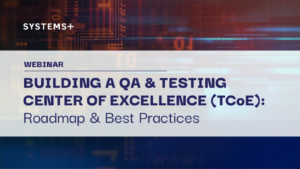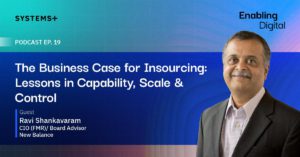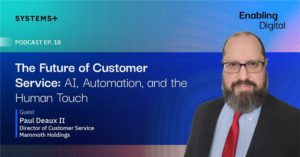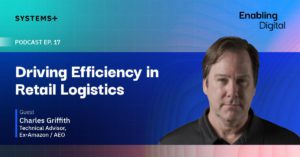In the world of programming, all of us start out as idealists – wanting to write the cleanest, most perfect code. And then reality kicks in the form of deadlines and stakeholder pressures. That’s when most of us first encounter the digital boogeyman aka ‘technical debt’ which, simply put, is the outcome of a developer’s dilemma: Should I go for ‘the code works’ and deliver now or ‘the code is perfect’ but deliver later?
As developers, our responsibility goes beyond writing clean code with good design. The code must also be well-documented and delivered within the deadline. If you’re working with a digitally native start-up where you’re writing code from scratch this is still relatively easier to achieve as compared to legacy dependent organizations, where you have to do all of this while dealing with a patchwork of multiple systems which are often outdated. In an era where time to market is everything, technical debt is the barrier that prevents legacy organizations from taking advantage of improved technology and adapting quickly to business changes. The challenge is real and it is two-fold.
First, reducing inherited debt and second, remedying the new debt that is likely to get created; a good digitization plan must tackle both. This essentially requires moving away from Waterfall and adopting agile methodologies like DevOps. With its iterative and incremental approach, this is a good way to stay on top of technical debt and also progressively increase the overall average quality of the code. Techniques like feature branching workflows, automated testing and continuous integration help speed things up while keeping current operations online.
Further for companies adopting an API-first strategy (let’s be honest, this is most of us today), containers and microservices offer a good approach for rebuilding legacy applications while addressing some of the inherited debt. The microservices architecture fits perfectly into the agile development model with each small team owning and focusing on one service.
It’s quite natural then for teams to agree that technical debt needs to be handled, but they seldom agree on what it constitutes! Therefore, in a modernization project, it’s good practice for developers & project management teams to sit together and define what constitutes this debt. Tech debt can range across design, defect, documentation and testing. Using automated software analysis and measurement tools one can identify issues in the current base like engineering flaws, messy code, software complexity, latent errors, etc. This is an important step to ensure all key stakeholders are on the same page and helps project management formulate an efficient transition plan.
Breaking down the overall project into smaller teams, functionalities and timeframes is an efficient way of tackling inherited technical debt and creating an architecture that is flexible, scalable and debt-resistant.
However, for this to work in practice as well as it does on paper, it’s important that teams communicate frequently and work collaboratively to keep the feedback loop continuous. This is usually a huge cultural change for the organization, albeit a good one. Being an agile enterprise involves creating a culture of accountability, flexibility and collaboration among employees, enabling them to actively confront the challenges of technical debt.
It’s this combination of an agile developmental model and an agile organizational mindset that has helped us drive modernization for many of our clients grappling with legacy transformation. With technical expertise ranging across implementation of DevOps, microservices, containerization, server less architecture, API creation, refactoring, re-architecting and more, we’ve helped our clients build a robust technological ecosystem bit-by-bit allowing their digital transformation journey to be a smoother ride without the boogeyman creating too much trouble!






